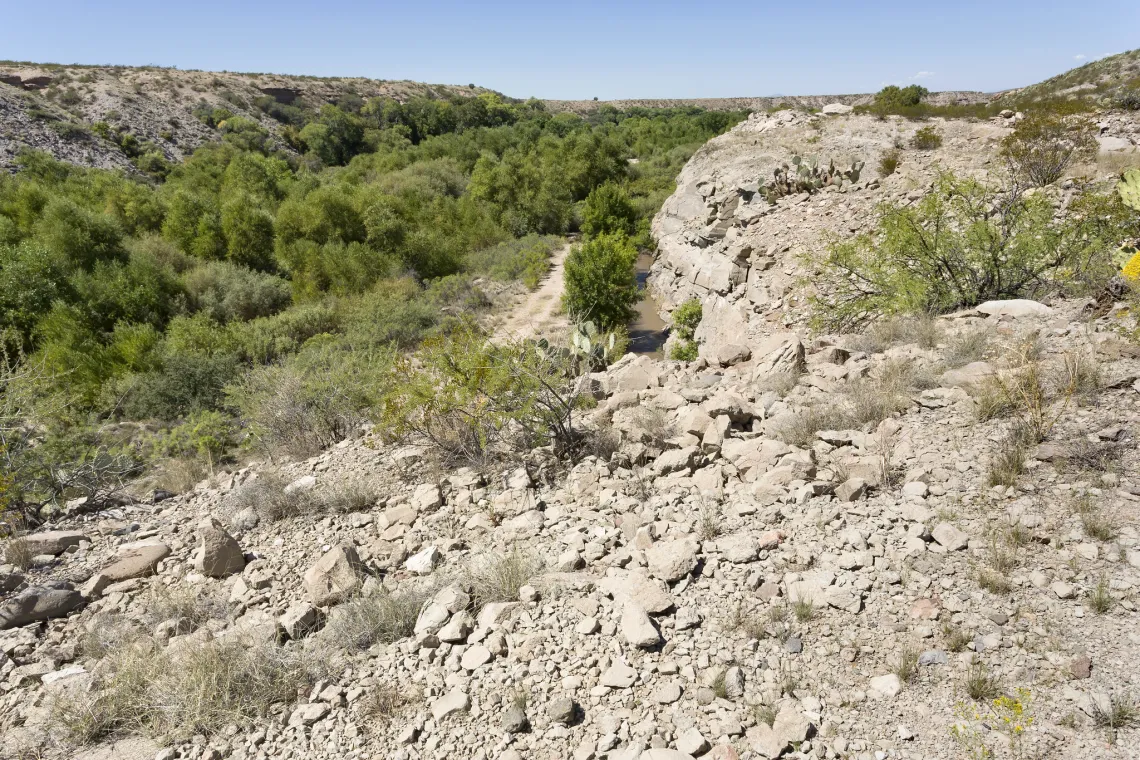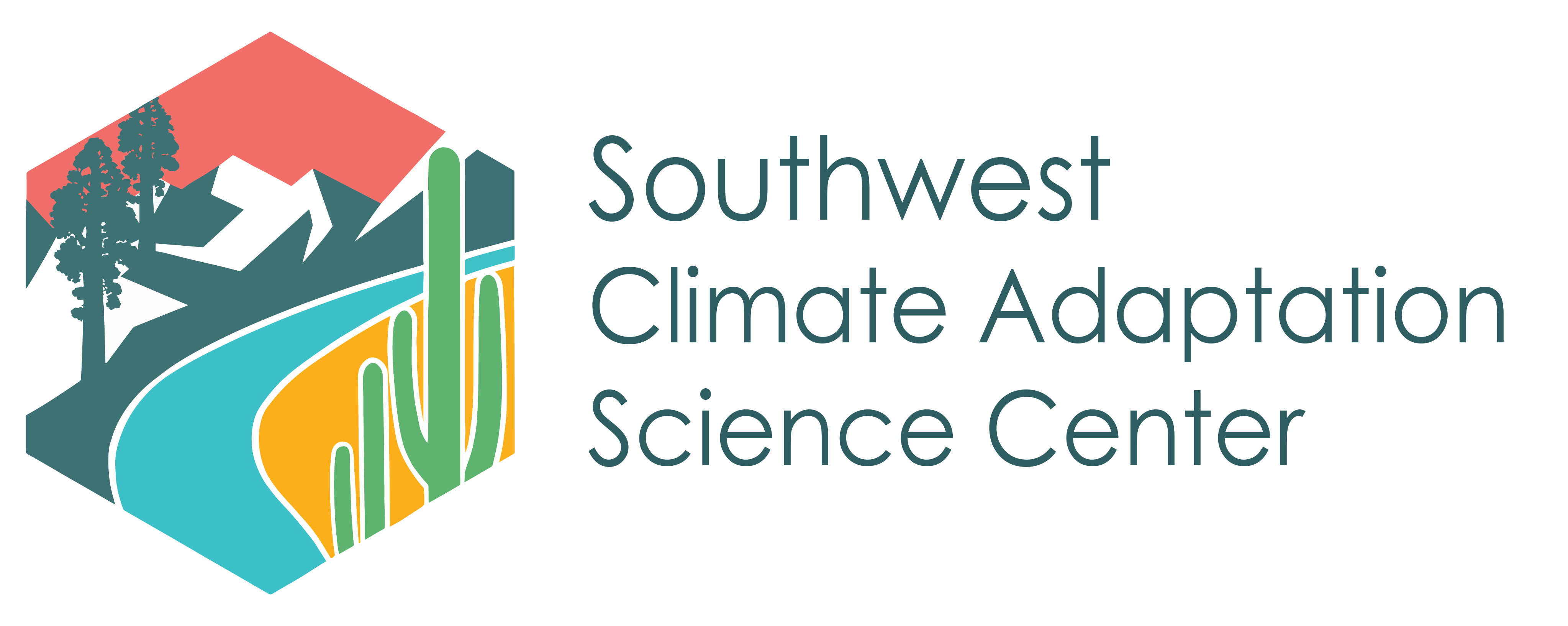Riparian Vegetation Restoration in the Upper Gila River Watershed

A new study by SW CASC-funded researchers titled, “Riparian vegetation response amid variable climate conditions across the Upper Gila River watershed: informing Tribal restoration priorities,” was recently published in Frontiers in Environmental Science and shows that native riparian vegetation in the Upper Gila River watershed may be more resilient to drought. The publication is by scientists from the USGS Western Geographic Science Center and is a collaboration with the San Carlos Apache Tribe. The researchers used remote sensing in order to inform restoration priorities along the Upper Gila River within the San Carlos Apache Reservation.
The researchers examined recent climate trends over a 37-year period (1985-2021) and the condition of vegetation along the Upper Gila River. The study also sought to identify areas in the Upper Gila River watershed that were most at risk for degradation. The researchers found that degraded areas of the watershed could be linked to drought and wildfire, while restored areas could be linked to post-fire restoration and native gallery forest restoration. They found that vegetation response did not always align with climate conditions.
Previous small-scale Tribal-led restoration efforts by the San Carlos Apache Tribe, such as the successful removal of invasive Tamarisk and restoration of native species like cottonwood trees, were proven effective in improving native vegetation conditions within the Upper Gila River watershed. The study suggests that native riparian vegetation is more resilient to drought conditions than the invasive Tamarisk and the research as a whole improves understanding of vegetation change along the Upper Gila River, which could be used in future restoration planning.

